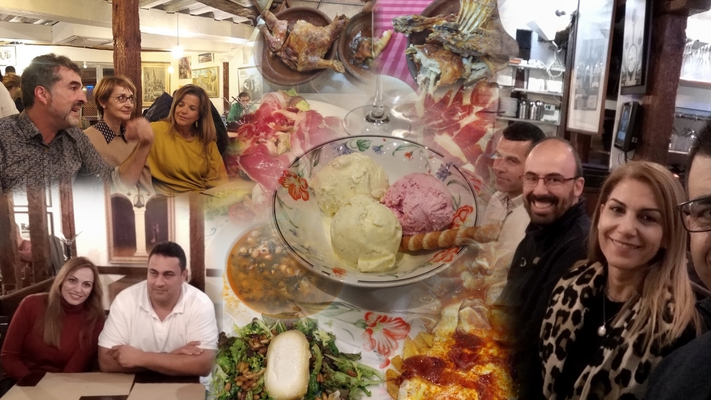Welcoming of the Erasmus Partners in Burgos
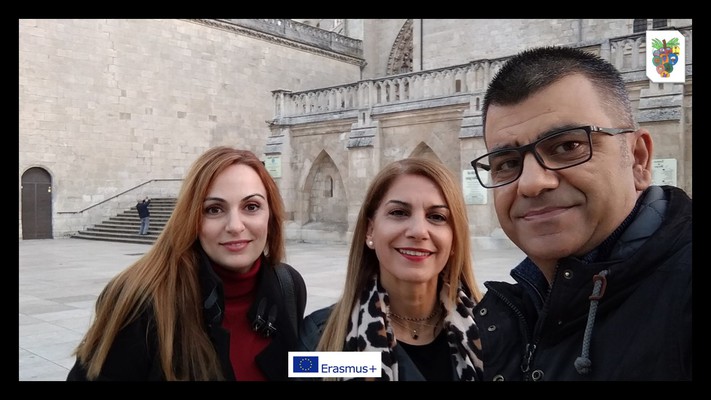
The Beautiful City of Burgos
Burgos (UK: /ˈbʊərɡɒs/ BOOR-goss, US: /ˈbʊərɡoʊs/ BOOR-gohss, Spanish: [ˈbuɾɣos]) is a city of Spain located in the autonomous community of Castile and León. It is the capital and most populated municipality of the province of Burgos.
It is situated in the north of the Iberian Peninsula, on the confluence of the Arlanzón river tributaries, at the edge of the central plateau. The municipality has a population of about 180,000 inhabitants. It forms part of the Camino de Santiago.
Founded in 884 by Diego Rodríguez Porcelos, Burgos soon became the leading city of the embryonic County of Castile. 11th century chieftain Rodrigo Díaz de Vivar (El Cid) is connected to the city, as he was born near Burgos and was raised and educated there. In a long-lasting decline since the 17th century, following the start of the Spanish Civil War in 1936, Burgos became the headquarters of the Francoist proto-government. Declared in 1964 as Pole of Industrial Promotion and in 1969 as Pole of Industrial Development, the city has grown since then in terms of economic activity. At the regional level, Burgos forms part of an economic axis together with the cities of Valladolid and Palencia. In 2008, the international Burgos Airport started to offer commercial flights.
The Museum of Human Evolution opened here in 2010. The museum features remains of the first hominins in Europe, which lived in this area 750,000-800,000 years ago. The Cathedral of Burgos is a World Heritage Site. Burgos was selected as the "Spanish Gastronomy Capital" of 2013. In 2015 it was named "City of Gastronomy" by UNESCO and has been part of the Creative Cities Network since then.
Source: [ wiki ]
Activity - Exploring, Filming, Documenting Burgos Cathedral
Construction on Burgos' Gothic Cathedral began in 1221 and spanned mainly from the 13th to 15th centuries. It has been declared a UNESCO World Heritage Site. The west front is flanked by towers terminating in octagonal spires covered with open stonework traceries. The middle section, which serves as an entrance, has three alabaster pilasters, the intercolumnar spaces bearing panel-pictures representing the martyrdom of saints. The façade possessed ornate and fantastic surface decoration.
The octagonal chapel of the Condestable, in florid, thus highly sculpted, Gothic design, has a roof finished with balustraded turrets, needle-pointed pinnacles and statues. In the lower portion, coats of arms, shields and crouching lions have been worked into the ensemble. The exterior of the sacristy is decorated with carved traceries, figures of angels and armoured knights. The elaborate tabernacle is composed of two octagonal sections in Corinthian style
Souce: [ wiki ]
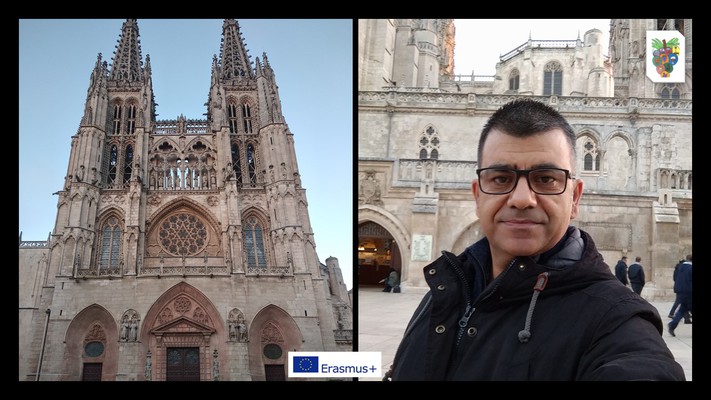
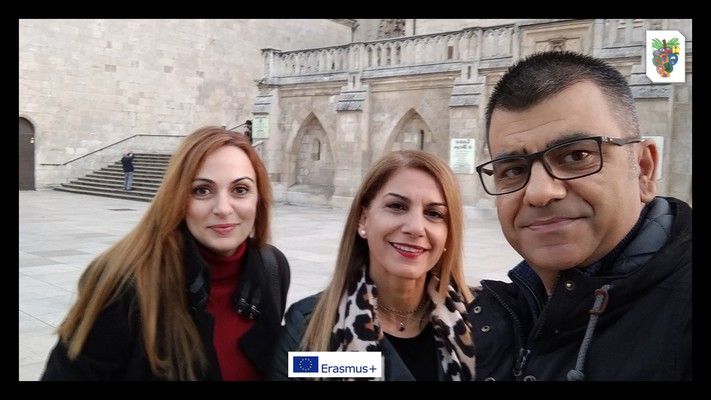
Burgos Gastronomy
Queso de Burgos
Fried slices of morcilla de Burgos
Queso de Burgos, a white cheese which is soft and unctuous (because it is made with whey). Although originally made with sheep's milk, now cow's milk or mixtures are more common. Each comarca (rural district) produces a minor variation, and the major dairies produce an industrial product that is acceptable for people with sensitive digestion.
Burgos is blessed with a moderate climate and this fresh cheese was able to be conserved there without the need for curing of more than 10 days. With the improvement of aseptic industrial production processes this can be extended to about 30 days at a cool 6 °C. Its production reaches 35,000 tons annually.
Morcilla de Burgos, a pig's-blood sausage (black pudding), is a staple country food known across the Iberian peninsula. Spiced with onions and herbs its most noticeable content is rice (often mistaken for fat) which makes it one of the lightest and healthiest products of its kind. Oral tradition says that it must be "salty, smooth and piquant" (see Spanish pages Burgos (desambiguación) [es] for details). As with the Queso de Burgos, several comarcas or towns in the province (Cardeñadijo, Sotopalacios, Aranda de Duero, Briviesca, Covarrubias, Villarcayo, Trespaderne, Miranda de Ebro...) made their own morcillas, with minor variations between them.
Even though Burgos is not on a D.O. wine is a fundamental piece in local gastronomy thanks to nearby wine cellars from Ribera de Duero, Rioja and Arlanza D.O.
Source: [ wiki ]
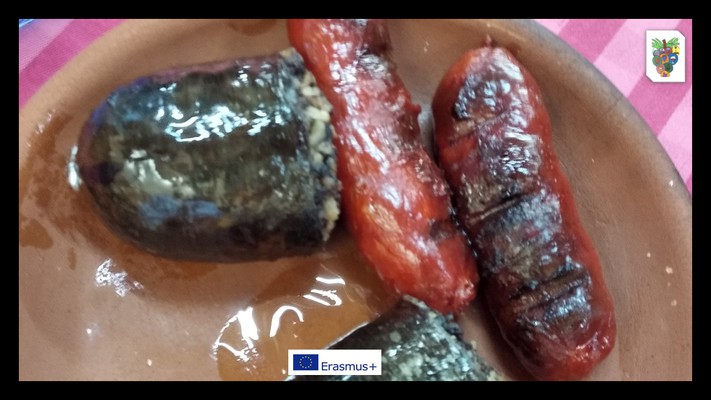
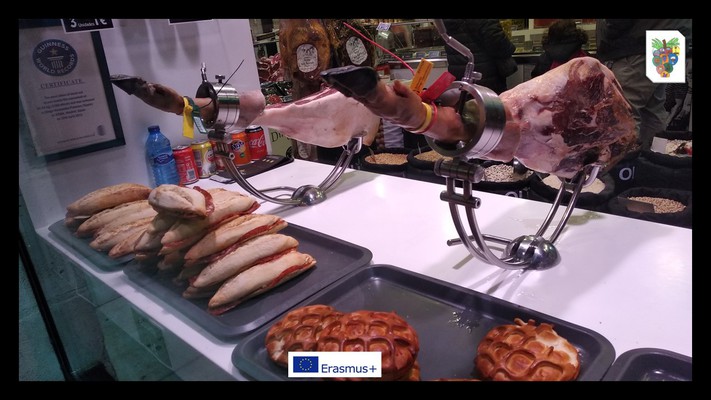
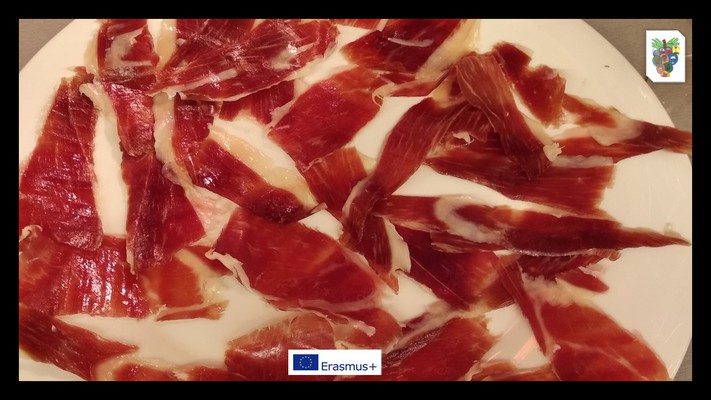
Poster - Welcoming Dinner for the European Project Partners - A deep dive into the heart of Burgos gastronomy.
Burgos offers numerous and delicious gastronomic options, from morcilla to cheeses, to wines with designation of origin and delicious desserts. The variety of typical dishes ranging from tapas to meals surprised us.
